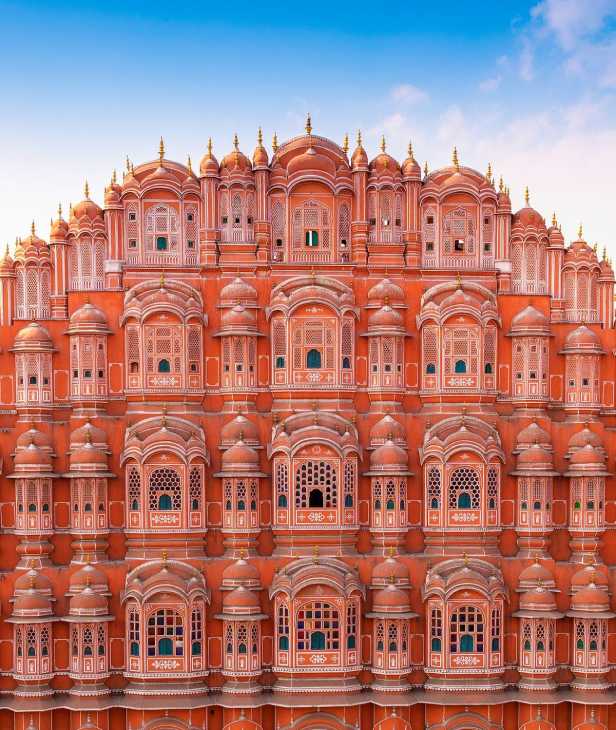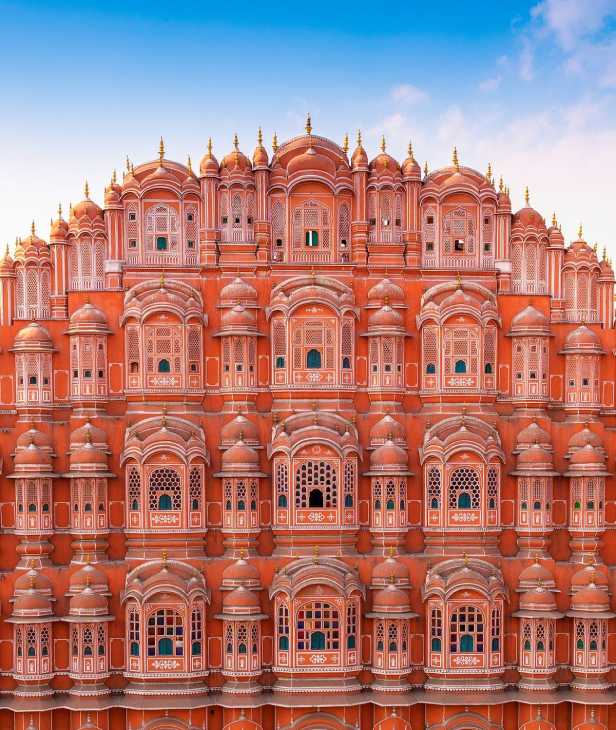
Places to Visit in Chamba
Within the north-western area of Himachal Pradesh exists Chamba which harmonizes perfectly between its historical sites and heritage moments as well as its spiritual centers alongside its magnificent natural landscapes. Chamba stands beside the Ravi River and people recognize it for its traditional temples together with elaborate wall art and calming natural scenery. Tourists seeking an untouched and spiritual experience tend to be attracted by Chamba's old-world charm despite nearby towns focusing on commercialism.
Best Places to Visit in Chamba
Among the many venues in and around Chamba there are several remarkable destinations which will mesmerize every tourist based on their interest in history or nature or spirituality.
Lakshmi Narayan Temple
The Lakshmi Narayan Temple serves as the main religious site of Chamba while presenting itself as one of the breathtaking examples of Himachali architecture. At the beginning of the 10th century the ruler Sahil Varman constructed six temples from stone in what is now known as Lakshmi Narayan Temple.
These religious structures stand as a peaceful sanctuary amidst the town's buildings due to their delicate wooden roof surfaces and metallic tower elements and stone decorative work. The priests' repetitive prayers along with the flowing incense fragrance produce an intense devotee atmosphere. The continuous religious activity at the temple sustains a traditional spiritual base for all residents of Chamba.
Bhuri Singh Museum
The Bhuri Singh Museum dedicates its space to preserving the royal heritage of Chamba through its paramount collection of artifacts under the patronage of Raja Bhuri Singh. Since 1908 the museum exhibits a vast history of Pahari miniature paintings together with inscriptions, coins , jewelry and arms.
The main attraction at the museum consists of the Guler-Kangra school paintings together with the Sarda script documents discovered in Bharmour temples. People who want to study the cultural significance of Chamba along with Himalayan historical record should definitely visit this destination. Visitors who have an interest in both artistic and historical aspects will appreciate this spot the most.
Chamunda Devi Temple
Visitors can access Chamunda Devi Temple by traveling only 3 kilometers from the town center where they will find the structure placed at the summit of Shah Madar Hill which provides panoramic views of Ravi River with town sights below. The divine place of worship dedicated to Goddess Kali in her Chamunda appearance exists as a 700-year-old temple made of wood.
Visitors can explore both spiritual experiences and peaceful outdoor leisure at this temple site due to its pine tree environment. Visitors walk to the temple through an experience that combines refreshing air with encounters of langoors along with the sounds of birds and moving prayer flags. Visitors from both spiritual and nature-oriented backgrounds should include this site on their travel itinerary.
Rang Mahal
Raja Umed Singh constructed Rang Mahal during the 18th century and established this architectural masterpiece as one of the biggest monuments within Chamba. A great royal residence in the past used to exist in this majestic structure which combines Mughal and British architectural traditions.
tourists at Rang Mahal can find a handicrafts emporium which the Himachal Handicrafts Department operates in the reconstructed part of the building. The handicrafts emporium located at Rang Mahal offers an array of locally produced woolens as well as shawls, slippers, and Chamba Rumals handcrafted embroidered handkerchiefs. The historic atmosphere around the shopping area makes your shopping experience truly special.
Chamera Lake
Located about 30 kilometers beyond Chamba town stands Chamera Lake which was formed through the damming of the Ravi River by the Chamera Dam. At this attractive location people can find tranquility while also pursuing photography activities along with gentle outdoor adventures. You can enjoy boating at this location because its deep pine forest surrounds the lake alongside gentle hills.
You can rent boats of different sizes at this location to enjoy relaxed rides while gazing at both the distant Himalayan ranges and the surrounding green valleys. Chance-seekers who enjoy kayaking and motor-boating activities will find fulfillment at this attraction and alongside them those who want to relax and breathe the fresh mountain air.
Bharmour
People refer to Bharmour as the land of Shiva and this historically important town was the original capital kingdom of Chamba before its relocation. The spiritual essence of Bharmour permeates all corners while its location at 7000 feet elevation brings visitors among tall trees and highland meadows.
The temple complex at Chaurasi stands as the main attraction with its 7th-century temples that number 84. The central temple of the Chaurasi Temple Complex honors Dharamraj who holds the position of Hindu death judgment according to mythology. Bharmour functions as the starting point for the major religious journey to the sacred Manimahesh Lake which stands among the key spiritual sites of Himachal Pradesh.
Manimahesh Lake
At 13,500 feet of elevation Manimahesh Lake resides at the feet of Manimahesh Kailash Peak and draws numerous worshipers. According to local belief Lord Shiva lives on the peak while the lake formed when he danced a cosmic dance.
Visitors can reach Manimahesh Lake through a Hadsar hiking trail from Bharmour although the peak Yatra period during August–September presents the best opportunity for exploration. A large number of Indian pilgrims and trekkers gather at this Yatra to receive spiritual purification from the chilly lake waters. Standing on the calm waters of the lake allows individuals to witness the breathtaking reflection of the summit.
Sui Mata Temple
Princess Sui chose to sacrifice her life for the benefit of her people and she is remembered at the Sui Mata Temple which stands close to the town. The legend asserts that a vast water emergency affected the region until divine instructions required a royal person to sacrifice themselves to restore the water supply.
The death of Princess Sui as queen to Raja Sahil Varman resulted in the water springs returning. During the Sui Mela annual celebration women and girls organize beautiful processions and songs while praying at this temple that commemorates Princess Sui's generous act. The site transcends spiritual significance to embody the virtue of selfless sacrifice and sincere compassion.
Kalatop Wildlife Sanctuary
The natural wonder of Kalatop Khajjiar Wildlife Sanctuary exists 40 kilometers beyond Chamba which serves as a sanctuary for diverse wildlife that attracts both wildlife enthusiasts and nature seekers. Visitors can find leopards along with Himalayan black bears and barking deer among other bird species in this sanctuary that occupies regions consisting of deodar forests and meadows.
Multiple trekking paths through the sanctuary let visitors feast their eyes on the breathtaking Pir Panjal range that gets typically covered in snow. The sanctuary produces an excellent environment to relax and photograph while enjoying the wilderness which benefits visitors who stay in either Dalhousie or Khajjiar.
Conclusion
Chamba serves as much more than a vacation spot because it provides entry to eternal cultural customs and enchanting Himalayan calm. The entire region of Chamba reveals its profound meaning through sacred temples alongside spiritual lakes that reflect divine beauty in every direction. The place remains one of the unique sites where natural beauty effortlessly unites with local cultural traditions without being influenced by contemporary disruption.






